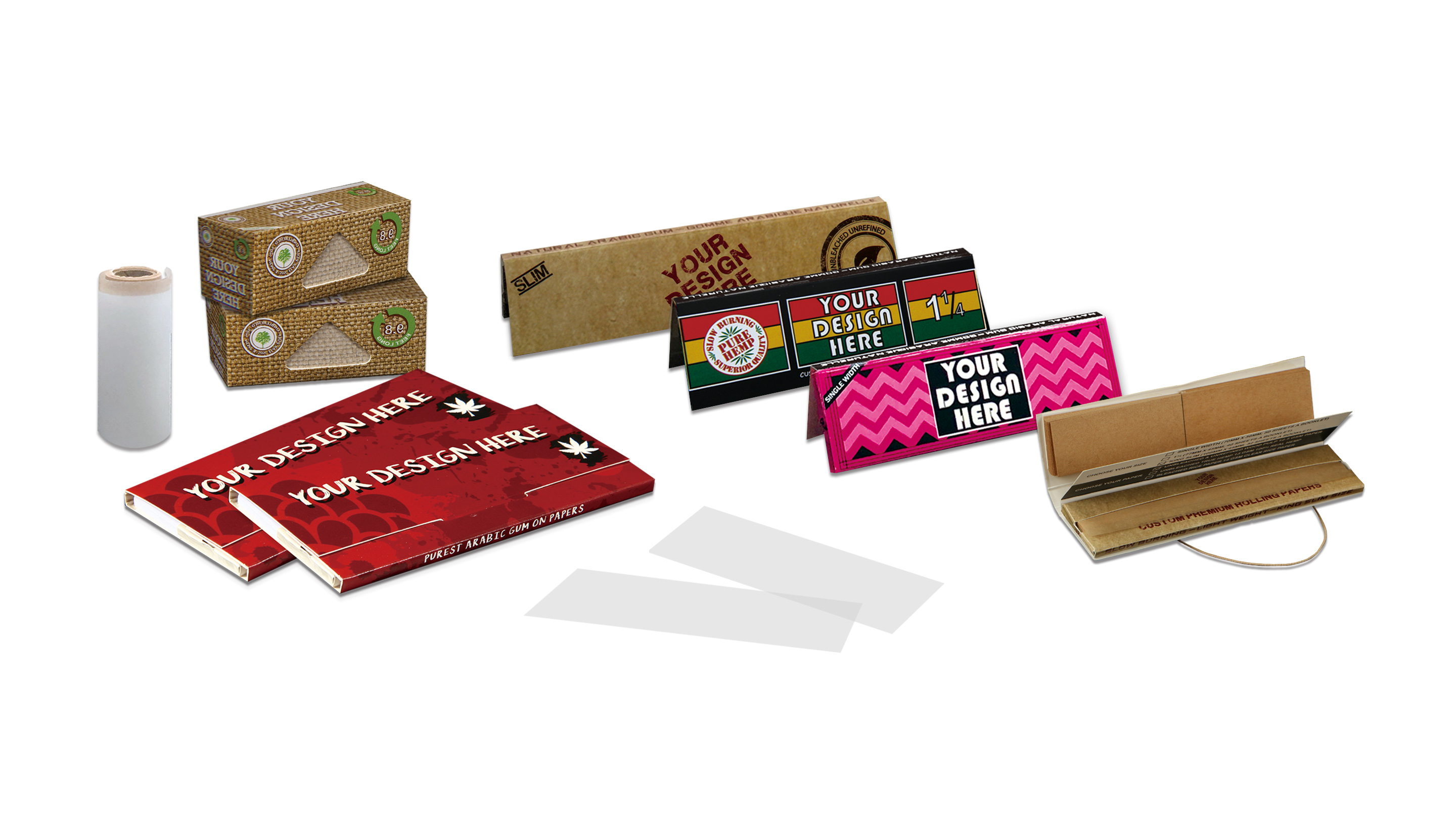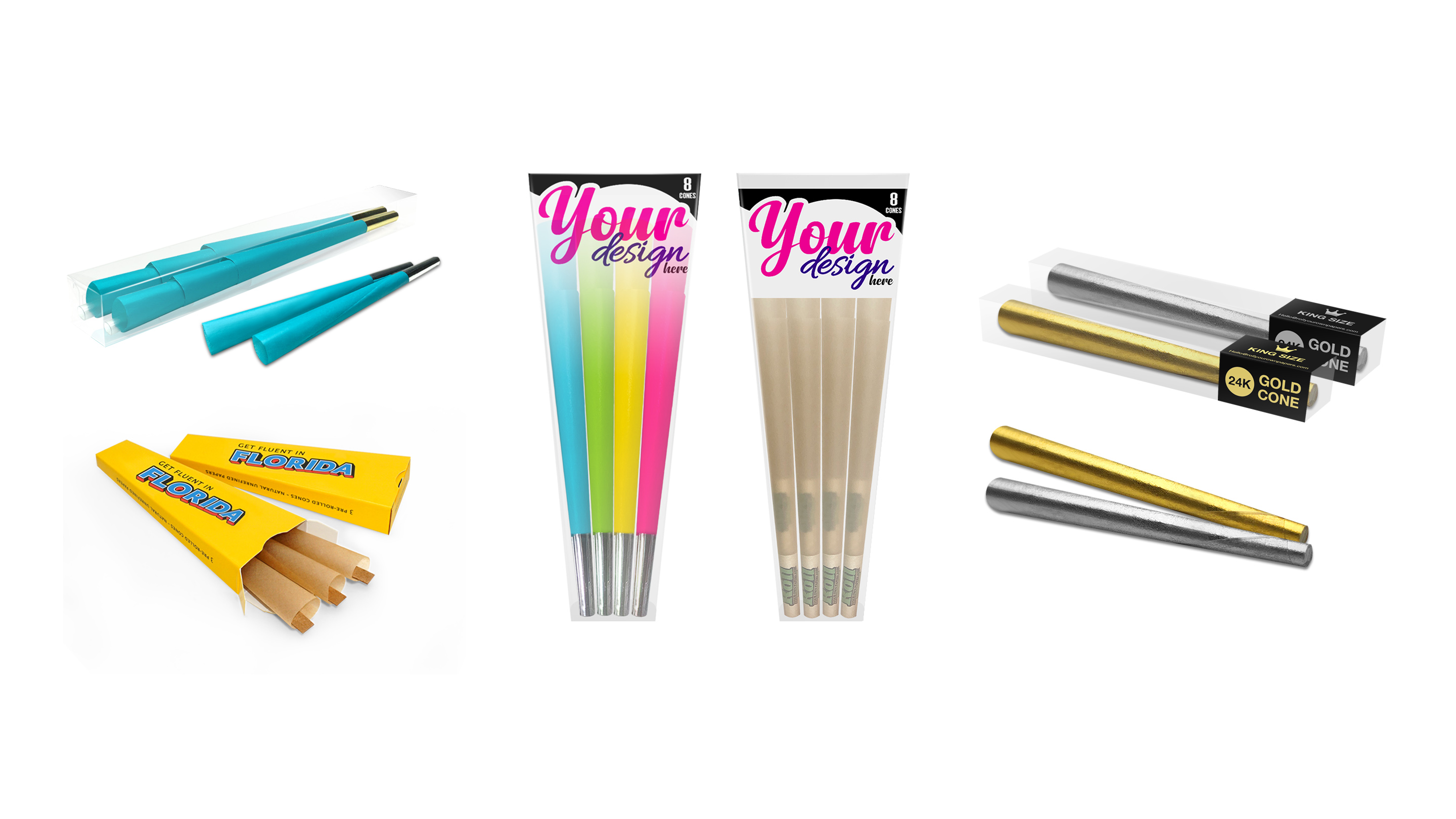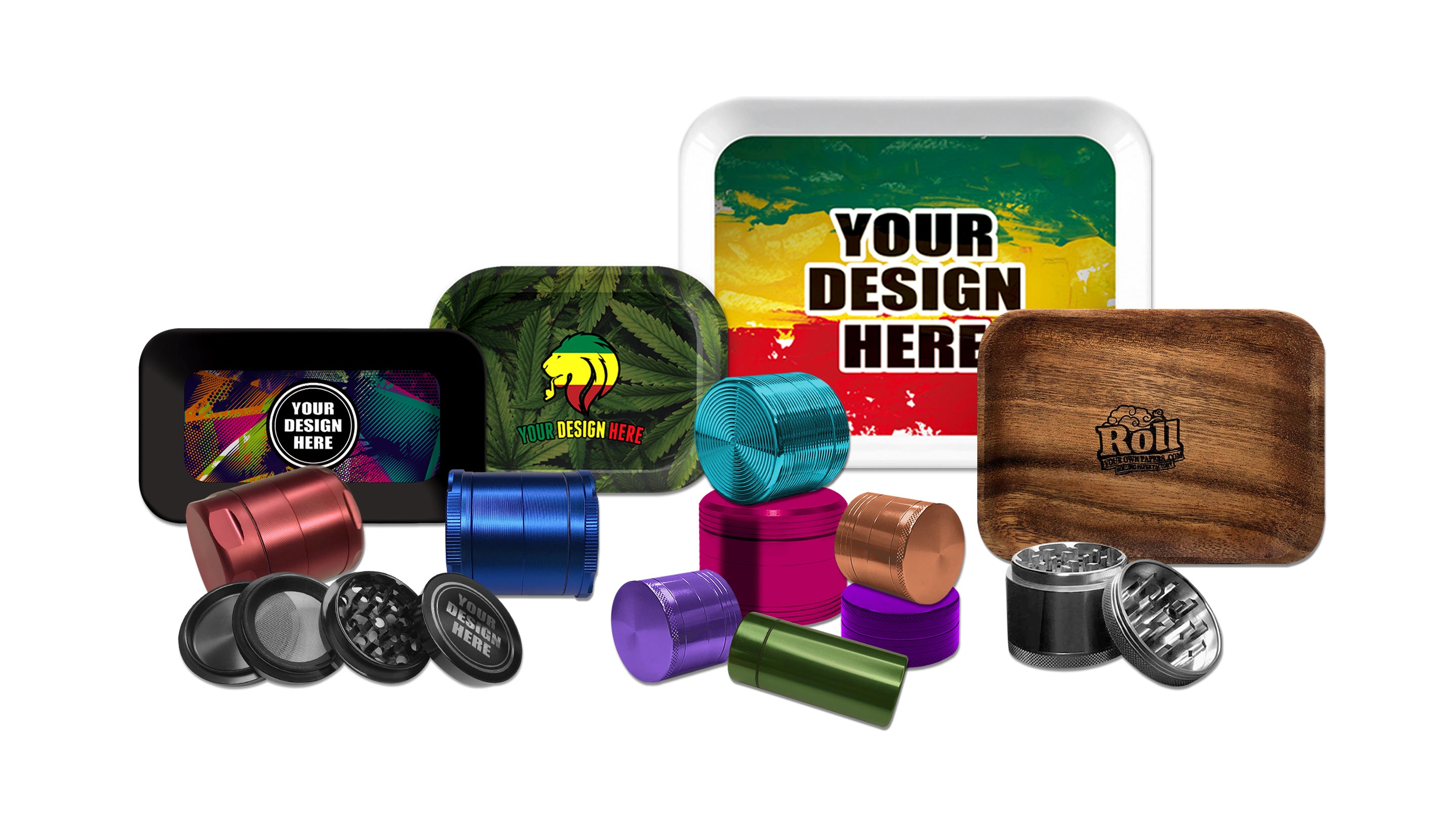🔨 How to Make a Weed Grinder Out of Wood

Got some extra wood and a DIY spirit? 🌲🪚 You can actually craft your very own wooden weed grinder! Let’s go over this painless guide, easy step-by-step process to the end. Let’s see what tools and materials are needed, understand how to shape a working grinder, and learn tricks for making it efficient and safe. Time to make a grinder that works and looks fabulous! 😎✨
🛠 Tools & Materials Needed
And before you start, get these must-haves for the job. Trust us; having the correct gear makes this project much easier (and safer!).
Tools:
- Saw or scroll saw (to cut wood pieces) ✂️
- Drill (with small bits for starter holes) 🔩
- Sanding block or sandpaper (various grits) 🪵
- Chisels or carving knife (for shaping) 🔪
- Clamps (to hold wood securely) 🔒
- Pencil and ruler (for marking) 📝
- Protective gear: safety glasses and gloves 😷🛡️
Materials:
-
Wood: A hardwood block at least 2–3 inches thick. Popular
Wood Choices
include maple, oak, walnut, or cherry – these are hard enough to stay sturdy and resist splintering. Softer woods (pine, poplar) aren’t recommended because they may wear out too quickly. - Screen or mesh: (optional) If you want a kief catcher, get a fine metal screen to place between chambers.
- Wood glue or non-toxic epoxy: For assembling pieces if needed.
- Sandable finish: Food-safe wood finish or beeswax finish to seal the wood (keeps it clean and smooth).
-
Other Supplies
like small magnets or a dowel (optional) can help the lid stay on, but these require metal. We’ll focus on an all-wood design.
🔨 Step-by-Step Construction
Step 1: Prepare the Wood
Cut your wood into two or three disks or blocks (depending on grinder style). For a simple design, make two round disks: one for the top (lid) and one for the bottom (container). Aim for about 2–3 inches in diameter. Sand each piece smooth on all faces and edges. A clean cut and smooth surface is the foundation for a good grinder.
Step 2: Mark the Center and Drill
Find the exact center of each disk and mark it with a pencil. Use a drill to make a small pilot hole through each piece at the center. The hole should be just big enough to fit a dowel or screw if you plan to hinge them; if not, it will be the pivot point. This hole also helps you trace the carving lines. Ensure the two holes align when the lid sits on the base.
Step 3: Carve Grinding Grooves
Another thing that can make the mill work is carving complementary grinding grooves or teeth into the discs. Along with these grooves or teeth, small random dents should be put all over the disks in random patterns. For instance: The bottom disk has to be notched into a series of radial V-shaped grooves or notches from the center towards the edge. Carve precise interlocking grooves or teeth patterns into the faces of the disks that will meet with a chisel or carving knife. For example:
On the bottom piece, carve radially from the center, V-shaped channels or notches.
On the lid, carve a complementary spiral or offset groove so that when it’s turned over against the bottom, both sets of grooves will shred the herb.
Obviously, that's the tricky part – easy does it! Add bit by bit and test fitting by turning the lid gently. The ribs must interlock and abut against each other when you turn the lid. Rub any cut faces gently to get rid of sharp burrs.
Step 4: Assemble and Test the Grind
If your design uses a dowel or wooden peg as an axle, insert it through the holes to connect the two pieces (glue in place if permanent). Otherwise, you can simply press the lid onto the base. Test the fit: the lid should rotate smoothly. Place a small amount of herb in the center of the base, press the lid on, and twist. The carved grooves should crush and shred the herb inside.
💡 Tips & Tricks
Safety First
- Always clamp your wood when cutting or carving to prevent slips. 🛡️
- Sand all cut surfaces well. Splinters will ruin the grind, so smooth edges are a must. 🔪
- Avoid overly sharp teeth – gentle grooves actually give a more consistent grind than jagged spikes.
Finishing Touches
- Wash grinding tool using water after carving and sanding to get rid of the dust that may settle on it. 💧 Wipe the grinder with a damp cloth to remove dust. Air it to dry completely.
- Apply food-safe wood finish or beeswax. It's sealed against moisture then very easy to clean the grinder.
- Further for extra grip thumb notches may be carved or have a small wooden knob screwed onto the lid for twisting. 🔩
- If the fit is loose, prepare a wooden grinder to must be cut, carved, and sanded. Install the dowel pin or wooden wedge hammered into its middle to tighten the fit around the center.
- The joint itself should be made from small hardwood dowel pins placed in holes drilled through the two pieces being joined. Only in this case are these to be glued together using a waterproof adhesive such as fish glue or casein glue. ✅
⭐ Premium Weed Grinders
Prefer a ready-made approach? Our store offers premium weed grinders built to last. For example, a custom printed weed grinder with your logo is a breeze to order – just pick your design and we handle the rest. Many customers love our easy custom weed grinder kits for personal flair. Whether you go fully custom or stick with our classic weed grinders, each piece is precision-crafted. Plus, using our weed grinders guarantees a perfect grind every time.
🔥 Ready to Upgrade Your Grinding Game?
Sick of makeshift grinders? 🤔 Get a pro-quality wooden grinder today — no more uneven pieces or frustration! We have the perfect upgrade for a smooth, flavorful grind every time.
- ✔️ Crafted from premium hardwood
- ✔️ Precision-ground teeth for consistency
- ✔️ Magnetic seal for easy lid grip
- ✔️ Fully customizable with your logo
📦 Bulk orders available | 🚚 Fast shipping | 🌲 Eco-friendly materials
❓ Frequently Asked Questions
How long does it take to make a wooden grinder?
It depends on your tools and skill level, but plan on at least a couple of hours for a basic grinder. Cutting, carving, and sanding can be time-consuming. Newbies should take it slow and enjoy the process. 👍
What kind of wood is best?
Any of the hardwoods- maple, oak, walnut, or cherry are the best. These are really dense and tough woods so they will not wear out and split very easily as would softer woods like pine or cedar which have a tendency to crumble when ground.
Can a wooden grinder capture kief?
Only if you design it with a fine mesh screen between two chambers. However, wood can absorb sticky residues, so a screen must fit well. Many wooden grinders are designed without kief catchers. For a dedicated kief catcher, metal grinders are usually better.
How do I clean and maintain a wood grinder?
Empty the herb grinder of any herb left after use. Scrub the crevices with a small stiff brush. Wipe with a dry cloth. Avoid letting it become very wet; just now and then, wipe it with a cloth that is hardly moist, not dripping, then dry with another cloth. Put on a light coat of beeswax or food-safe finish to protect the wood grinder regularly.
Will my homemade grinder smell?
All grinders will have some odor to them, whether bought or homemade. To reduce this, rinse and wipe it clean with isopropyl alcohol and let it dry thoroughly. A word of caution: the wood may darken slightly over time, especially if it absorbs oils, so choose a wood you like the look of. Then too, staining or finishing will also help seal in odors.
Can I add magnets or springs?
You may wish to embed small magnets or go for a spring-loaded lid closure for added strength. That will require gluing magnets into the wood or drilling a small hole through it for a metal spring. It’s more complicated, but it makes the lid more likely to really snap shut. It is optional; a well-fit lid will hold it with no problem.
Is a wooden grinder as effective as a store-bought one?
Basically, the answer is affirmative; however, not as fine as the metallic ones. It often depends on the grooves’ sharpness. With a good design, a wooden grinder will produce a consistent grind. The benefit is it’s eco-friendly and has a unique handmade charm. 🔄














Leave a comment